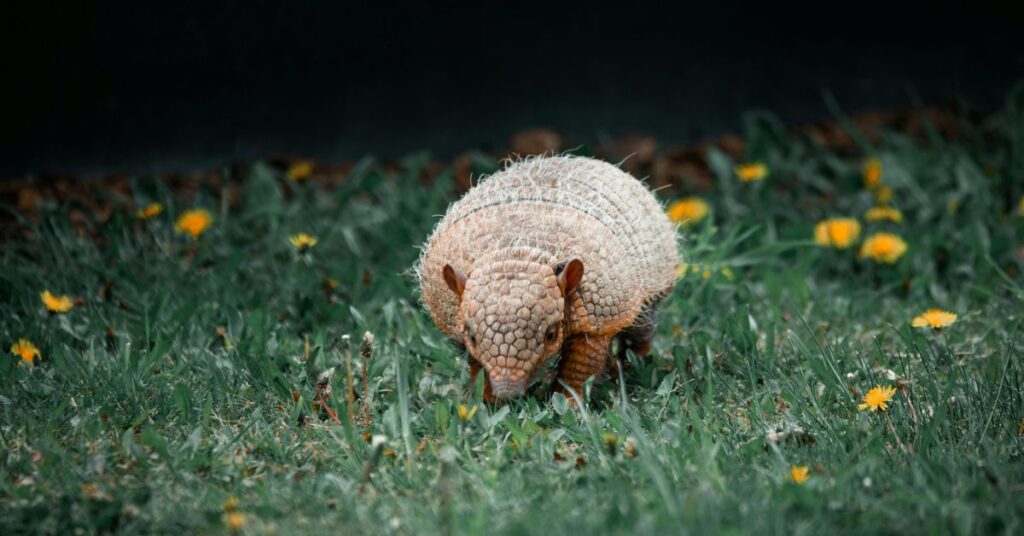By Dr Greg Clarke
Wednesday 13th August is International Armadillo Day. It hasn’t been a feature on the Australian calendar because there are no armadillos here outside of the zoo! And don’t we have enough official ‘Days’ already?
The Leprosy Mission Australia begs to differ.
Armadillos are one of the few animals other than humans that can contract leprosy. And they are probably the only animal that can transmit this ancient and feared disease to human beings. Don’t worry—you have to live around them and possibly even eat them in order to be at risk. But it does happen.
The armadillo can play a big role in raising awareness that leprosy still exists among human beings as well. And observing leprosy in armadillos helps with improving treatments for people, too.
As one of the oldest recorded human diseases, leprosy is caused by a slow-growing bacteria that can ravage the nervous system and inflict horrendous and irreversible disabilities.
The good news is that it can be cured—and cured easily. Since the 1980s we have had drug treatments that stop leprosy in its tracks. We’ve also developed better ways of detecting it in hospitals and in the field. And we’ve started to change the stigma around leprosy that has left millions of people outcast and abandoned since biblical times.
We just need to keep going in order to eliminate this disease globally.
That’s why The Leprosy Mission Australia wants to use International Armadillo Day on the 13th August to remind Australians that yes, leprosy is “still a thing”.
The Leprosy Mission wants Australians to know that we have the cure for it, and that we need your support to ensure that people suffering from this 4000-year-old ailment can receive the care they need.
Let’s put International Armadillo Day on the Aussie map and put an end to leprosy during our lifetime. Visit ‘Still a Thing’ to find out more.
Article supplied with thanks to The Leprosy Mission Australia.
Feature image: Canva





